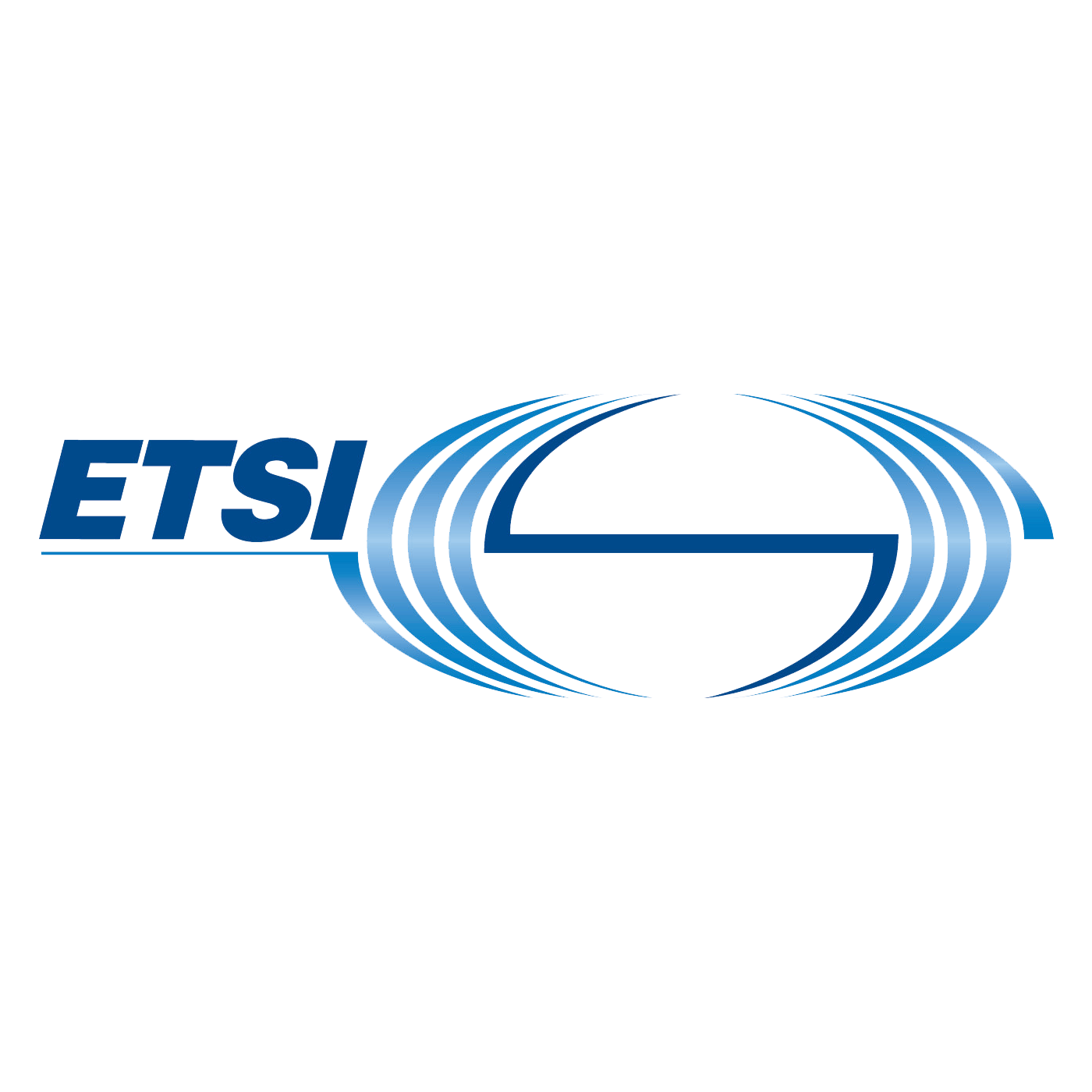ETSI MEC
The ETSI MEC (European Telecommunications Standards Institute Mobile Edge Computing) framework is a standardization framework that enables IT service environment capabilities at the edge of mobile networks. This framework aims to bring cloud-computing capabilities into the Radio Access Network (RAN) and enable efficient deployment of new applications and services.

Definition and purpose
The purpose of the ETSI MEC framework is to establish a standardized environment for edge computing in mobile networks. It is designed to reduce network congestion, improve application performance, and deliver enhanced user experiences by processing data closer to the end-user. MEC provides an open platform that enables software applications to gather network information in real-time, leading to optimized operational performance and agile service delivery.
Governing Body
The ETSI MEC framework is developed and maintained by the European Telecommunications Standards Institute (ETSI), which is an independent, not-for-profit standardization organization in the telecommunications industry.
Last updated
The ETSI MEC specifications and reports are continuously being developed and refined. The latest update was issued in August 2023.
Applies to
The ETSI MEC framework applies to the telecommunications industry, specifically mobile network operators, vendors, service providers, and developers looking to deploy edge services and applications.
Controls and requirements
ETSI MEC standards cover various areas, including:
- MEC Framework and Reference Architecture: Defines the MEC framework and its key architectural principles.
- MEC Service APIs: Specifications for APIs that enable services to be hosted at the edge of the network.
- MEC Deployment and Integration: Guidelines on deploying and integrating MEC in mobile networks.
- MEC System-level Management: Specifications for managing MEC systems within mobile networks.
Please refer to the official ESTI MEC committee page for details on controls and requirements.
Audit type, frequency, and duration
Typically, the audit type would be a conformance audit against ETSI MEC specifications, which could be conducted internally or by third parties. Audit frequency would vary depending on the organization's internal policies, regulatory requirements, or the release cycle of the MEC solutions.
The duration of audits can vary greatly based on the scope, size of the MEC deployment, and specific aspects of the MEC environment being audited.